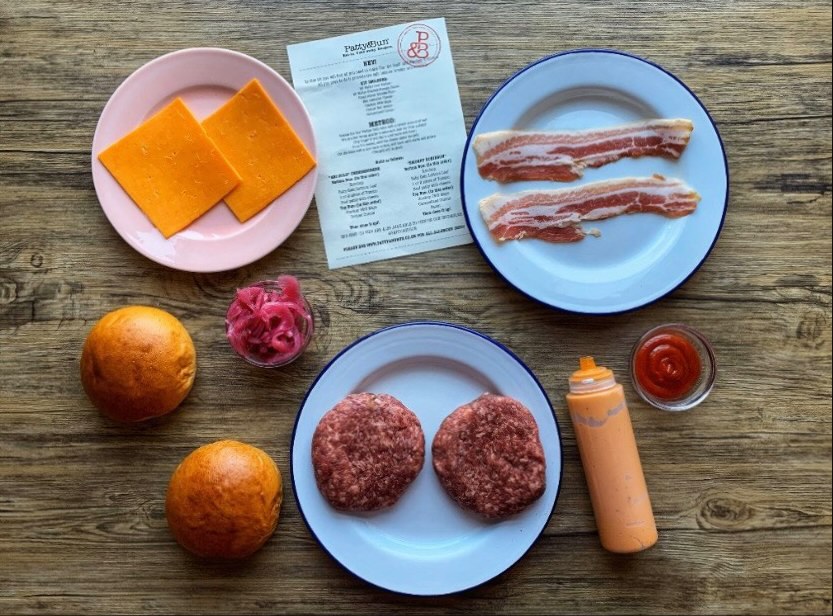
Restaurants and Leisure – building anew
19.02.21
Worst-case scenarios don’t come much more legitimate for restaurant and leisure businesses than repeated forced closure, for indefinite periods of time, with the outlook changing week to week leaving very little scope for any strategic planning on how to reopen. Locked down and shut down, and without any clarity of what the trading environment will look like on the other side. It is impossible not to have sympathy for these operators, when for many the tap of trade has been totally turned off.
So no one can claim that the past 12 months have been a good period for restaurants and leisure operators. It’s been an unquestionably brutal period in their history; totally unforeseeable and through no fault of their own. But what was also unforeseeable is the way in which many businesses have reacted, and this gives much to admire. It has been incredibly heartening to see the various ways in which they have adapted, perhaps in order to survive initially, but also in ways that will make them best placed to capitalise during more fruitful times ahead, and more durable if ever both arms are tied behind their backs again.
It was energising to see how good operators returned to trading levels of 75% in the periods between lockdowns, trading figures and customer numbers restricted only by social distancing, rather than any sign of diminished consumer demand. Operations at capacity both in terms of the space they could operate with and the hours that were afforded to them. Any space available was traded in a response to the restrictions that were put in place, and we have seen since a number of permanent requirements for significantly larger units, also at a time when many Landlords focussing on how to repurpose some of their larger spaces.
In the time they were closed they had evidently worked incredibly hard to develop additional elements to their business, which in some cases had never previously been a consideration; take-away, delivery, sophisticated meal boxes delivered nationwide, and retail enabling people to get restaurant quality at home. Additional income streams that are doing greater things than merely stopping businesses having to close for good.
We’ve heard stories of dark kitchens trading at numbers as strong as good high street restaurants. Operators receiving data from online sales clearly demonstrating huge popularity in locations that the owners had never previously contemplated. Valuable information that removes so much of the uncertainty when looking to expand and brings new towns and cities into focus.
We have seen some businesses make adaptations to create environments that are as conducive to working as they are to socialising, as they look more intently at neighbourhood locations where they feel they can capitalise on the growth of people working from home or nearer to home, as a trend in the future.
In the short term there’s definitely been an emphasis on requirements for fitted, or partially fitted spaces, seeking to keep initial investment as low as possible. Clearly raising capital for expensive fit outs is currently a huge challenge, and this is likely to remain until confidence is restored and we are free of the tougher consequences and restrictions of Covid 19.
However, a more positive impact we could see over time is the view emerge that restaurants and leisure businesses are in fact a very good places to invest. Investors looking at this sector could feasibly form the opinion that it is now actually a stronger and safer bet than they’d previously considered. These businesses have faced the nadir of their existence and been forced to close through no operational fault of their own. But they have demonstrated incredible resilience along with the ability to adapt, and ultimately emerged stronger and better versions of themselves; so surely there’s an argument that the sector is a better place to invest than it ever has been. Whilst it is impossible to answer questions linked to the likelihood of an event such as this repeating in the future, we do now know that it forces the best operators to only get better.
The reactive short-term trends and long-term adaptations will continue to emerge and become clear, as we continue to emerge from what we hope to be the final lockdown. Businesses have faced astonishing challenges, which could not have been foreseen. But what we can now foresee is that we will be eating in better restaurants, getting better quality and more varied food delivered, and cooking with far greater sophistication at home; all thanks to the creativity and determination of a lot of inspirational and pioneering businesses, during their worst-case scenario.